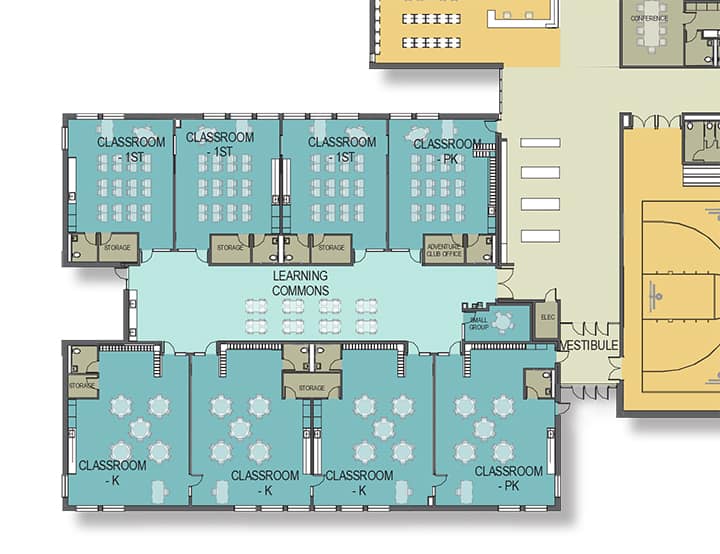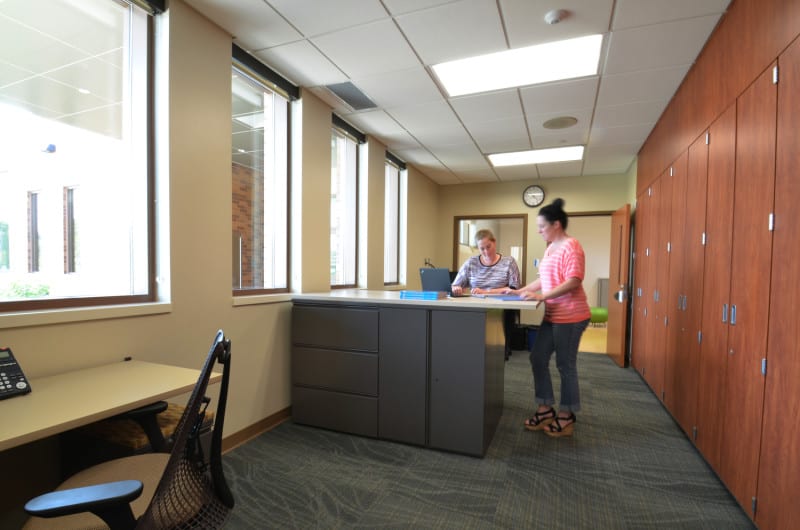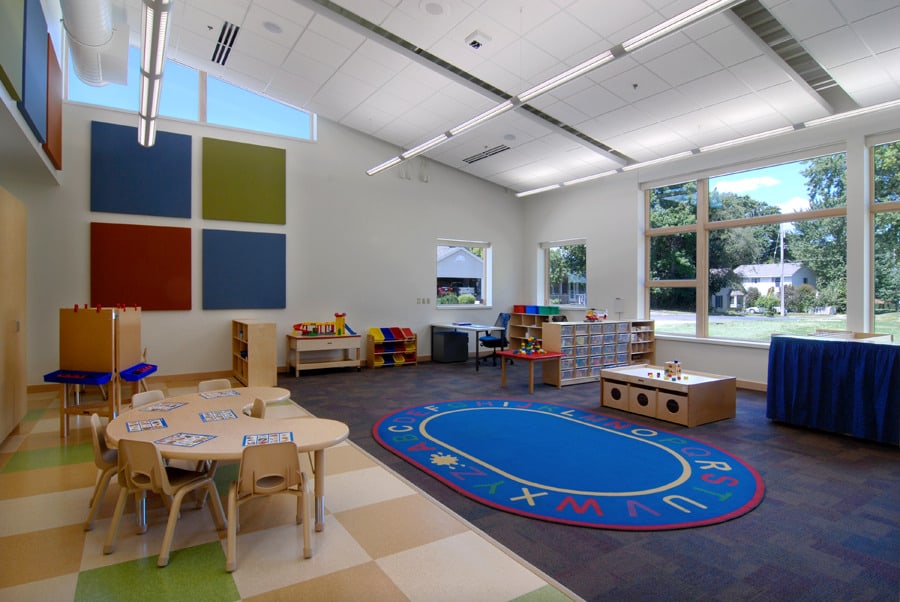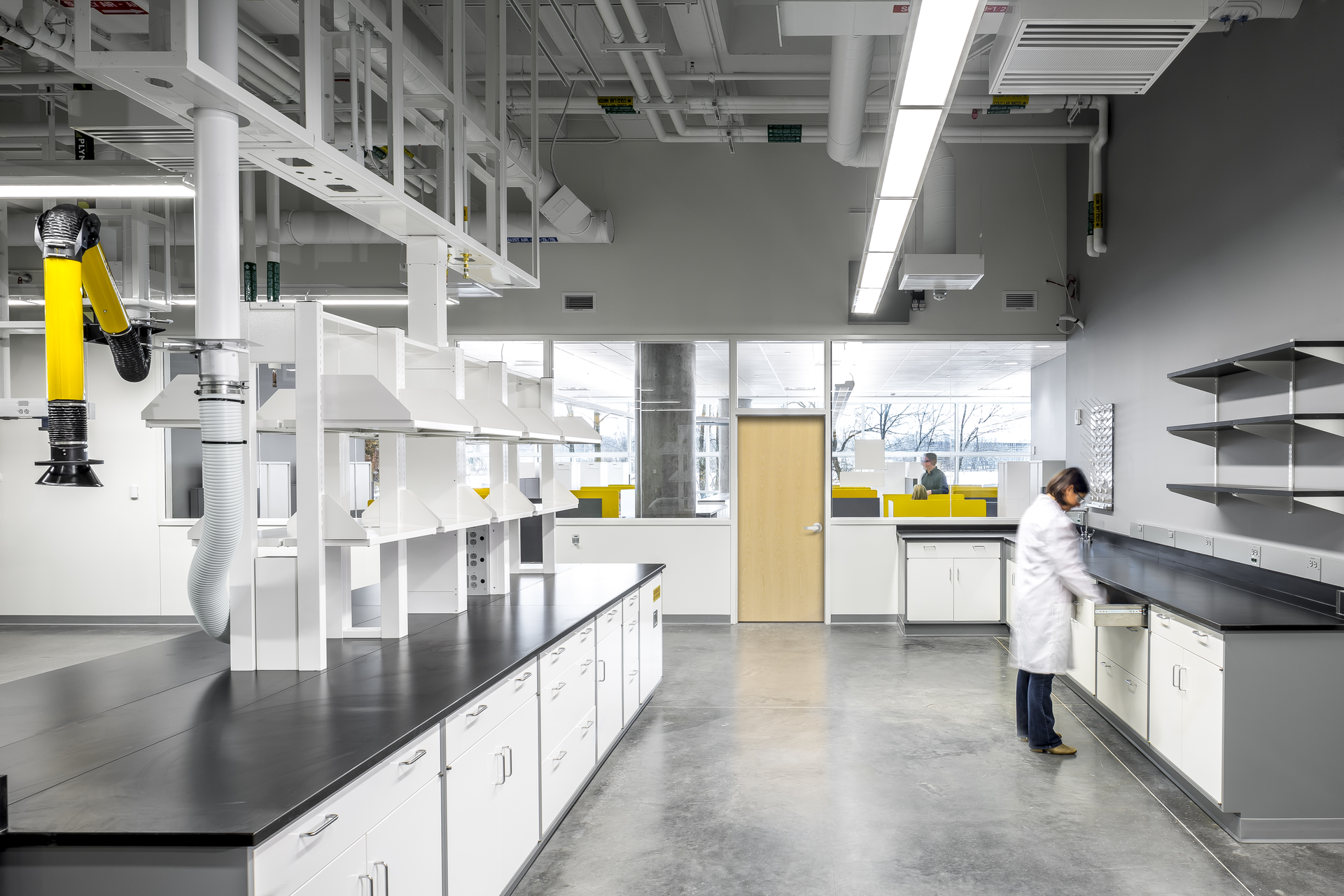How does someone learn to juggle? While many would answer with “practice,” others may describe the perfect technique.
What if the answer is really, “By witnessing and experiencing failure?”
In education, students many times are taught subjects through repetition and are tested on their knowledge. We often times measure learning by how well students perform on those tests. What the tests don’t measure is HOW these students are learning – a much different question than how well have they learned. If learning is experience driven, how do we teach others how to learn?
John Hattie would answer “through visible learning.” A leading education expert and author of Visible Learning into Action, Hattie describes the concept of “visible learning” as “a new understanding of the enhanced role of teachers in which teachers are most successful when they become evaluators of their own teaching…The art of teaching, and its major successes, relate to ‘what happens next’ – the manner in which the teacher reacts to how the student interprets, accommodates, rejects, and/or reinvents the content and skills, how the student relates and applies the content to other tasks, and how the student reacts in light of success and failure apropos the content and methods that the teacher has taught.”
In explaining the advantages of visible learning, he highlights educators who develop visible-learning ways of thinking as more likely to have major impacts on student learning. Using juggling as an example, if a teacher decides to learn how to juggle in front of students over the course of a week, semester, or school year, aspiring minds are exposed to seeing a first-hand iterative process of learning from mistakes, making corrections, and trying again until success is achieved. Students develop a comfort level with how to approach a new problem and learn through missteps and failures – in a safe, learning-centered environment. It’s an emerging thought of teaching that is challenging both those who teach and those who shape the environment for learning.
Designing environments for visible learning and teaching
While mostly a direct teaching style and learning outcome, visible learning is an intriguing concept in our education system. If visible learning, and other provocative styles, are gaining momentum, how can we accommodate this evolving pedagogy in the learning environment?
- Make the room a blank canvas
Planning for a variety of learning and teaching styles is all about flexibility and adaptability. Teachers and students can modify their space to support hourly, daily, or weekly changes in projects. In classrooms, the flexibility to create group areas, individual quiet spaces, creative nooks, and maker spaces for invention and exploration all offer the opportunity for visible learning in the classroom.
- Provide spaces to create unique learning opportunities
From robotics to virtual reality technologies to makerspaces, curriculums are supported by a wide range of hands-on learning areas designed for cooperative groups. Students learn from seeing and asking questions of other student projects. These problem-solving education techniques encourage students to actively participate in the learning experience and develop a mastery of new skills and competencies. In the spirit that every space is a learning space, windows into the classroom put this experiential learning on display and extend the benefits of visible learning beyond the room into school corridors.
- Use the environment to build community

- Help teachers become better teachers

The goals of visible learning are innovative and beneficial for students and teachers, as seen through the five strands of visible learning: Know Thy Impact, The Visible Learner, Inspired and Passionate Teachers, Effective Feedback, and the Visible Learning School (systems, processes, and structures). As this teaching method gains momentum in our schools, we will continue to explore and study how space can support visible learning goals and become a stronger partner in supporting the pedagogical evolution.








